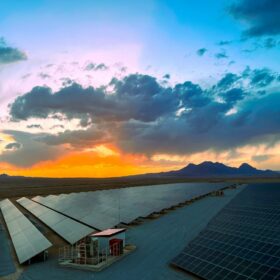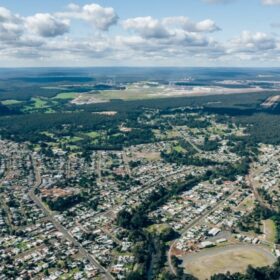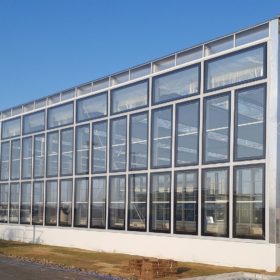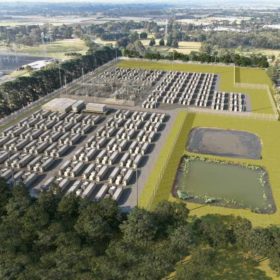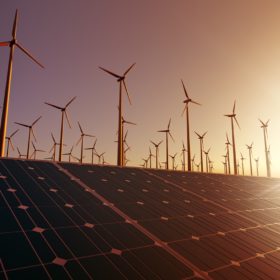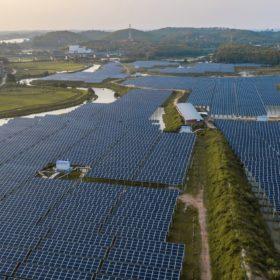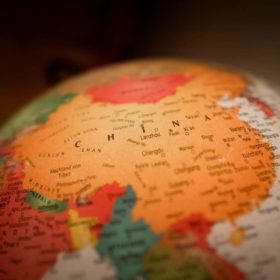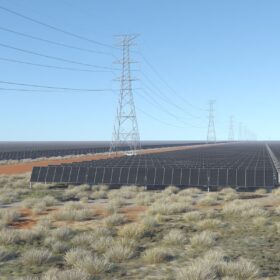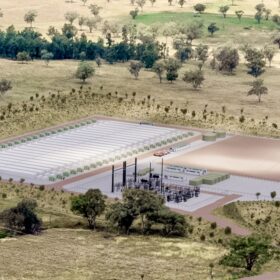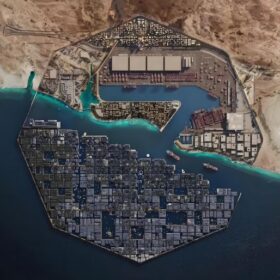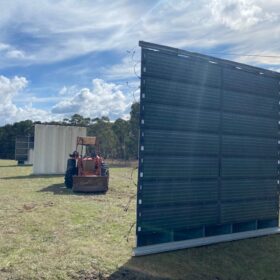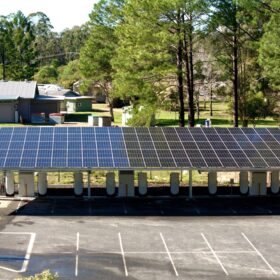NT solar centre data feeds ultra-short-term PV forecasting method
Scientists utilising data gathered at the Northern Territory’s Desert Knowledge Australia Solar Centre have created a novel probabilistic model for five-minutes ahead PV power forecasting. The method combines a convolutional neural network with bidirectional long short-term memory, attention mechanism, and natural gradient boosting.
Gigafactory developer eyes place in Collie’s coal to clean energy jobs transition
West Australian gigafactory developer Auzvolt has applied for a stake in the $200 million Collie Industrial Transition Fund, which seeks to help the town’s workforce move from coal dependent employment into clean energy jobs.
Agrivoltaics for grape farms
Researchers in Hong Kong have designed an agrivoltaic system that uses blockchain tech and smart contracts to reduce uncertainties between PV system operators and grape farmers. The proposed system uses rainwater to clean solar panels and provide irrigation.
ClearVue secures chance to test solar window tech in Hong Kong
Western Australian solar window company ClearVue Technologies has won a tender to complete a study of its electricity generating glazing technology, which will be installed at a Hong Kong government department’s headquarters as part of a fully-funded field trial.
Report finds sustainability skills gap in Australian financial sector
The University of Technology Sydney’s (UTS) Institute for Sustainable Futures (ISF), in collaboration with the Commonwealth Scientific and Industrial Research Organisation (CSIRO) Climate Science Centre, has published the findings of its national “Climate Skills Survey” of financial professionals.
Hong Kong finance fast tracks 1.9 GW battery, solar portfolio in Australia
Renewables developer Maoneng has teamed with Hong Kong-based real estate fund manager Gaw Capital Partners to fast track the development of a 1.9 GW portfolio of big battery and utility-scale solar PV projects in Australia.
Singapore secures stake in Australian green hydrogen projects
Singapore’s trillion-dollar sovereign wealth fund GIC has made a “strategic” investment in renewables developer InterContinental Energy, one of the major players behind mega solar and wind-powered green hydrogen projects planned for Western Australia’s Pilbara and southeast regions.
Getting real about the hydrogen economy
Hydrogen is frequently touted as a major player in decarbonisation, and it is. But it will only be used at scale much later, and at a much lower level than solar and wind.
Corporate renewable PPAs are on the rise in Asia Pacific, says WoodMac
Corporate power purchase agreements are the second most adopted purchasing method in the world, and they’re growing fast. With the U.S. and Europe picking up the pace in the last year, the Asia Pacific is not going to be left behind, with Wood Mackenzie estimating corporate PPAs in the region doubled in the last year.
Baotou City set for 10 GW of renewables
The tide of clean energy facilities planned under the city’s next five-year strategy was revealed by Hong Kong-listed polysilicon maker Xinte Energy, which has signed a framework agreement to construct 200,000 tons of manufacturing capacity near Inner Mongolia’s largest city.
